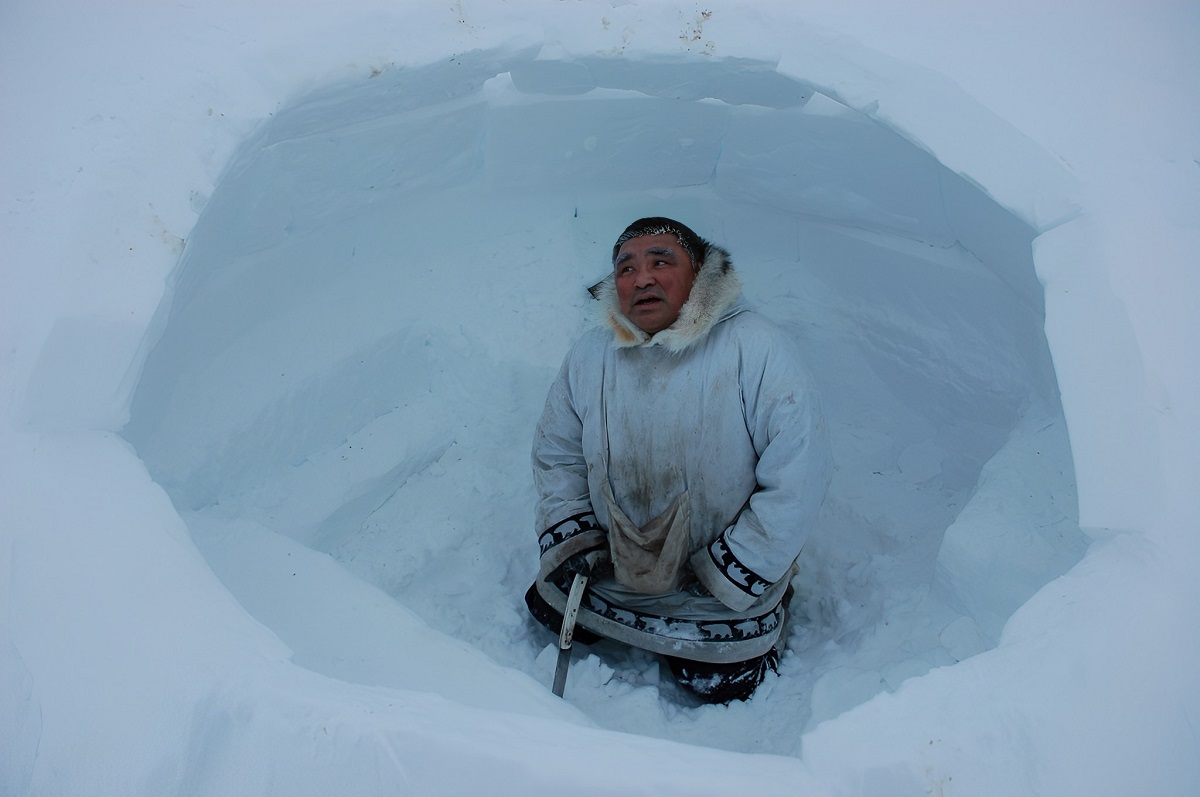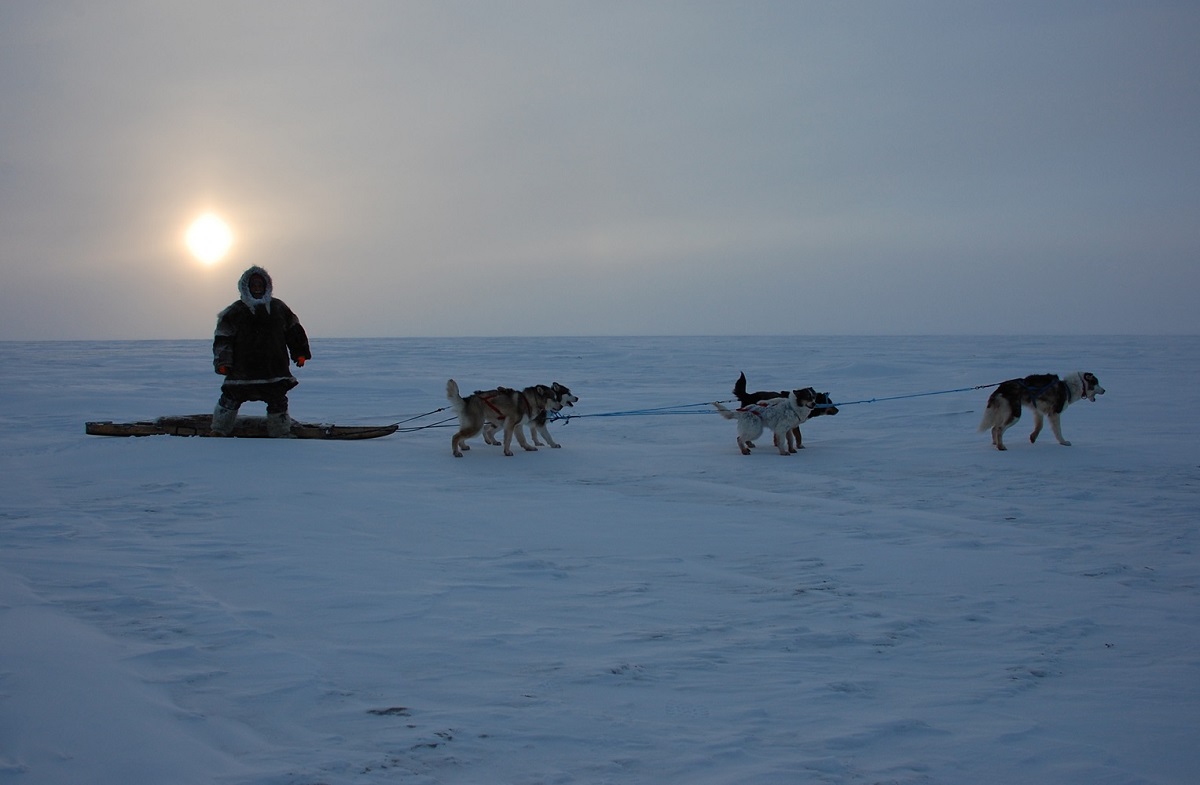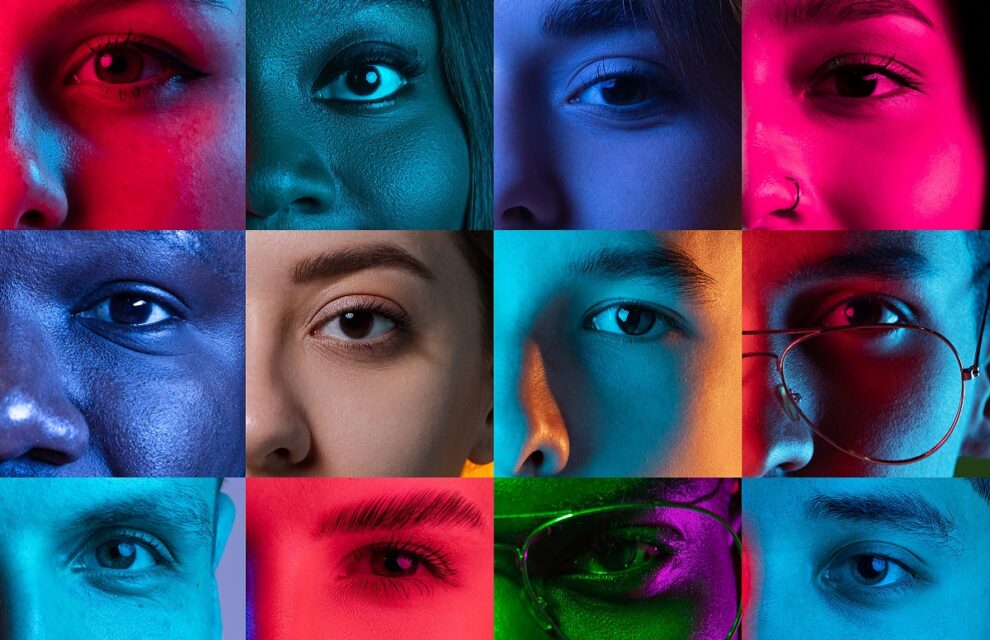This week, I received a lovely message about my film The Blinding Sea and its portrayal of Norwegian explorer Roald Amundsen and the knowledge system of the Inuit people.
The Governor General of Canada, Mary Simon, got her director of policy planning and editorial services to send me the following message: “The Governor General has asked me to convey to you her best wishes, and thanks you for your personal contribution to the Truth and Reconciliation process in Canada.”
Mary Simon, a leading member of the Inuit nation of Nunavik (northern Quebec), recognizes in this film a strong statement on the leading historic roles of Inuit in polar exploration, as well as on their dignity, courage and resilience as a people. A century and more ago, Inuit were commonly assigned supporting roles in accounts highlighting the heroic exploits of Europeans, crisscrossing the tundra and seas of the Arctic in quest of fame and fortune. The Blinding Sea completely breaks with this obsolete interpretation.
When I think of all the comments people have made about the film, Mary Simon’s words resonate the most with me. In making The Blinding Sea, my intention, as a private citizen with no prior experience of film-making, was to commit myself totally to bringing about a greater understanding of the Inuit knowledge paradigm. I remember in my earlier years as a journalist, reporting from northern Quebec on the impact on Inuit of residential schools and the forced relocation (deportation) of whole communities. I saw this as a massive violation of human rights, and I still do. The residential school system struck me as a direct attack on Aboriginal knowledge: it aimed to rip children away from their families, communities and homelands, to prevent the transmittal of traditional indigenous knowledge from father and mother to son and daughter, and to force these children to adopt a southern urban Canadian view of the world, abusing many of them severely along the way.
In my film I provide a model of understanding and mutual respect, focusing on the interactions between Roald Amundsen and the Inuit who taught him everything he needed to know about polar conditions. He spent two years, from 1903 to 1905, doing an apprenticeship with Inuit.
Just how hands-on were Inuit in teaching him? Well, consider that one Inuk, Teraiu, demonstrated to Amundsen at least sixty times how to make an igloo! Inuit were very hands-on!

In referring to the Truth and Reconciliation process, Mary Simon is also saying that I am making a contribution, however modest, to the process of acknowledging the horrifying impact of residential schools for Aboriginal people in Canada, which amounted to cultural genocide. Amundsen’s apprenticeship with Inuit took place by and large before they were exposed to residential schools. My film presents a relationship of cooperation and mutual understanding that therefore predates the catastrophe of genocide, and could serve to inspire us today.
In Mary Simon’s remarks, I am struck by something else – something I had never really understood before. The relevance of a work of art is in the eye of the beholder. I enjoy undertaking lecture-screenings in North America and Europe, and particularly the chance to meet my audience. I have heard many comments about my film from San Francisco to London and Oslo, and Montreal to Paris and Grenoble: that it is a fundamental work for the business community on the agility of leadership; that it is an adventure film, a compelling travelogue; that it is a rigorously-researched psychological documentary in the Hitchcock style with emotions and insight; and finally that it is (for some) a pro-Norwegian and anti-British work (!), while (for others) it is a film not Canadian enough (!). Of course, I have heard many other remarks – some simply too bizarre to be repeated here.
A person watching The Blinding Sea sees his or her own film, that is, a film existing in that person’s subjective mind.
Mary Simon is one of the first people to see the film as I see it myself!
Another person who has made interesting remarks about the film is Sir Muir Gray, one of the leading advocates of evidence-based medicine at Oxford University, who says: “In making this fascinating evidence-based film, George takes a refreshing new look at polar exploration. The Blinding Sea depicts Roald Amundsen and other explorers of his era in terms of their access, or lack of access, to scientific knowledge. Amundsen studied the tacit experience-based knowledge of Canadian Inuit, who had an oral culture. The film shows Amundsen then applied the Inuit way of avoiding disease, distress and starvation to his own South Pole expedition. Other explorers of his era suffered harrowing, avoidable death because they didn’t seek out this knowledge.”


